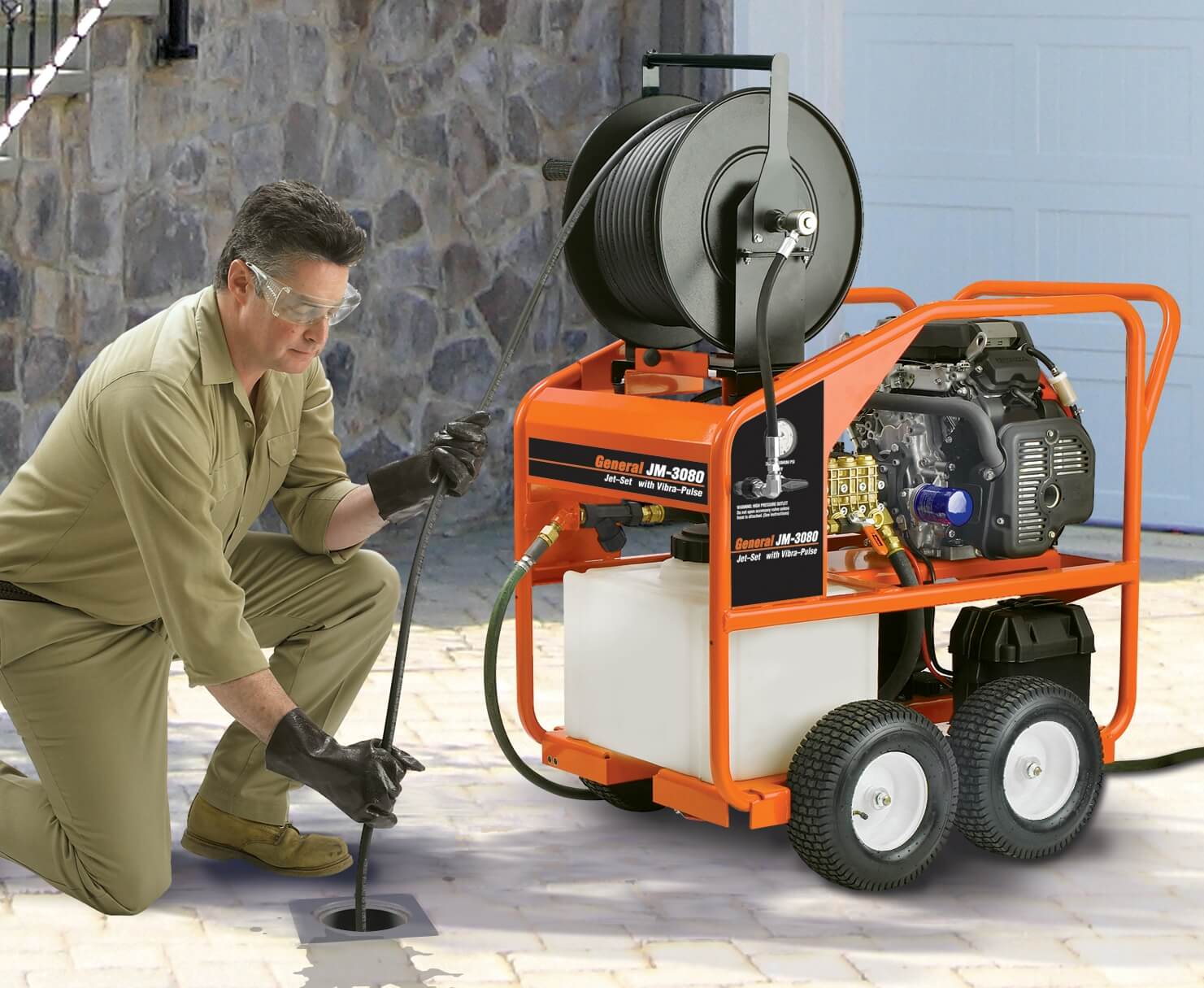It’s not an exaggeration to say that killer commercial interior design photography is a must-have for a clever architectural interiors photographer in the age of Instagram. Captivating a shot of your work is essential; without that, how can future clients appreciate the level of your skill, originality, or dedication!
So, how can you acquire the type of photographs that draw in customers in droves? It might be difficult to acquire the correct shot while photographing interior architecture. Here are six pointers to help you succeed career in the commercial interior design of photography in Sydney, Australia.
Every Architectural Interior Photographer Should Follow:
Prioritize Good Lighting: Flash On
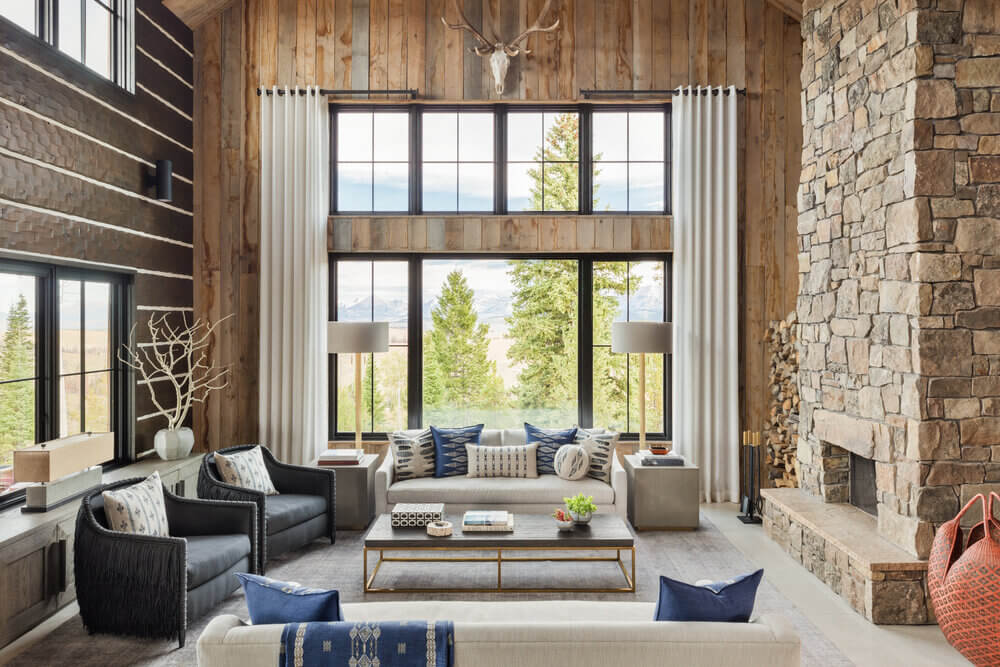
source: pinterest.com
If you snap a room inside without using a flash, you will often have shadows all over the place. Using a flash for interior architecture will assist in equalizing the exposure over the whole frame.
This is how a flash should be used most of the time. Place the flash on a tripod or a stand, a few feet distant from the camera and a foot or two behind it. Set the flashes to aim up towards the ceiling while also pointing somewhat away from the room you’re filming in. The energy from the flashes will illuminate the room indirectly from this perspective. Set the flashes to half power and shoot away!
Tripod: Anytime & Anywhere
There are two key reasons why you should always use a tripod while photographing commercial interior design.
For starters, a tripod will completely stable your camera/lens system, eliminating any risk of motion blur caused by hand-holding the camera. Furthermore, using a tripod makes it much easier to ensure that your camera is straight.
Second, there is no compelling reason not to utilize a tripod. A tripod would be inconvenient if you were monitoring subjects that required fast movement and recomposition. However, when it comes to architectural interior photography, your composition will always lay nice and yet for you, giving you all the time in the world to set up the image correctly. A tripod would be great in this scenario.
Balance: Camera Lens
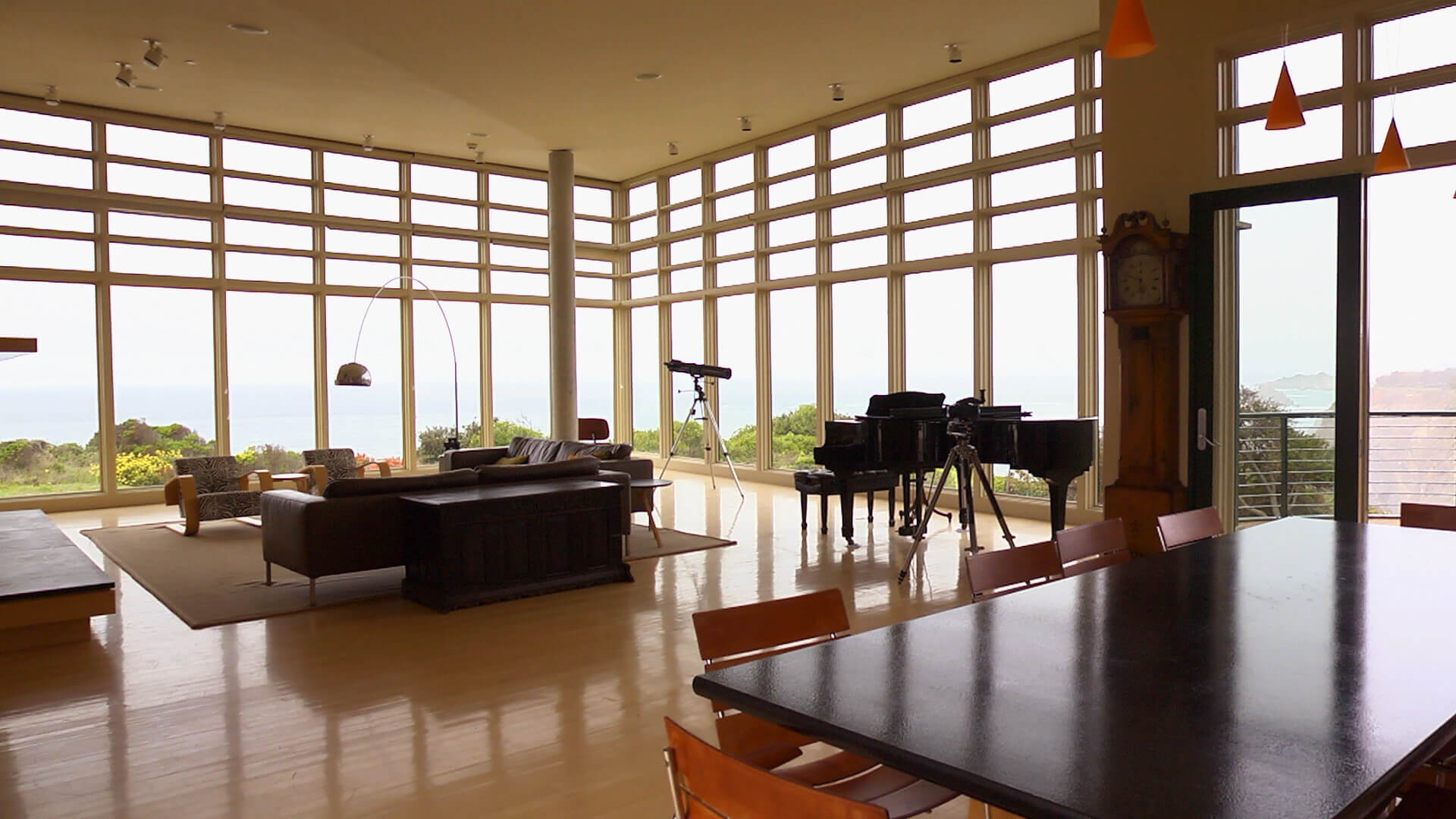
source: lynda.com
Confirm such that your camera is not slanted up or down, or to the left or right. Even a little change will need post-production cleaning.
Being on the same page makes a massive impact. There are various methods for ensuring that your camera is absolutely level when you frame your snapshot. Most cameras now include a built-in level, so when you look through the viewfinder, you’ll notice stripes across the targeting screen that will bend when the camera tilts. When these lines are parallel, the camera is on point.
Catch Unique Angles
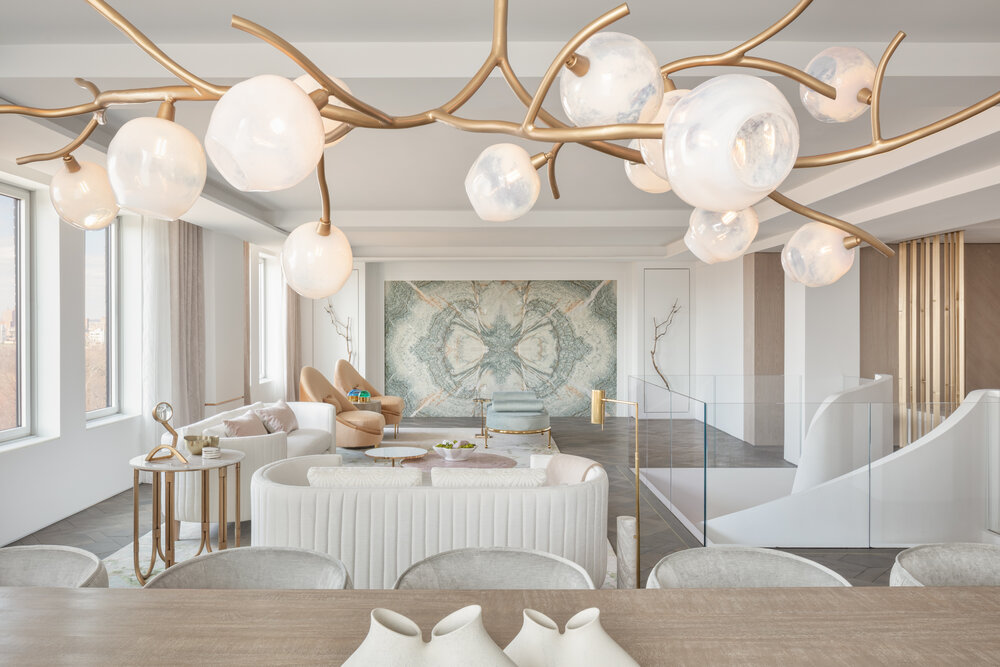
source: pinterest.com
Playing with a viewpoint is not only enjoyable, but it can also be quite rewarding. Taking the effort to discover an alternative viewpoint from which to shoot a building’s detail might reveal a neglected shape or abstraction of the building’s detail, giving way to a new degree of elegance and admiration for the commercial interior designs.
Choose Panorama: Ideal Wide Shot
Place your camera upright on a tripod, which creates a taller pano. Then, while ensuring that the scene is suitably overlapped in each frame, try to have the camera revolve in a flawlessly level, flat direction, with the pivot point about where the lens crosses the camera.
Take A Closure
Start making room outline, but don’t forget to capture vignettes and close-ups as well. You can catch the vibe of the location with these. Alter your aperture: Make the light hole that reaches your camera as comprehensively as possible because it also determines the depth of field. When reshooting at a larger angle, don’t forget to open up your aperture!
Sometimes Need Space
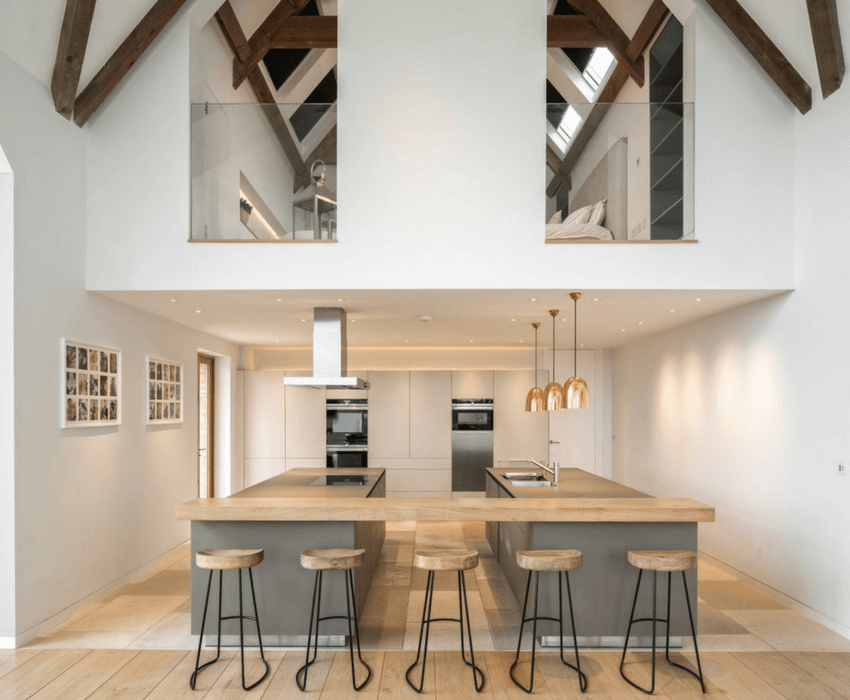
source: shootfactory.co.uk
The most difficult aspect of indoor photography (apart from the lighting) is the limitation of room. So, if a piece of furniture is impeding the creation of a great photo, don’t be scared to relocate it. Alternatively, shoot from the corridor into the room until you can no longer see the doorposts in the frame.
Explore Details
Although working with a wide-angle lens is typically the best option for architectural interior photography, buildings have hundreds of subtle features that are lost when a whole facade or room is taken in a single frame. Careful analysis of features, for example, may disclose fresh information about the building’s history or construction.
Change Camera Settings
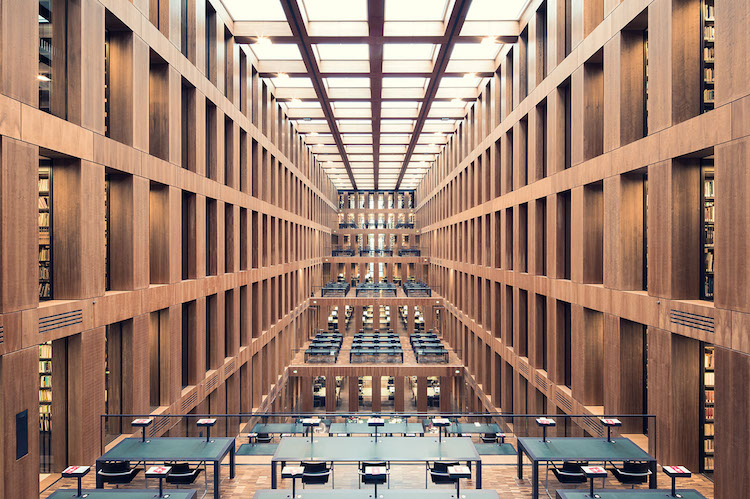
source: mymodernmet.com
Unlike jpegs, which are compressed and ‘processed’ in the camera, RAW files include all of the data that you collect. You’ll require Photoshop’s camera raw processor or Lightroom to recover a lot of information from overexposed or underexposed areas without losing quality. To improve your photos and get the finest results, you’ll need editing software. It’s where you can work true magic!



